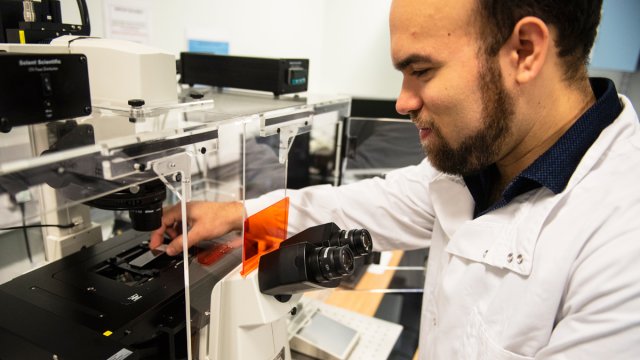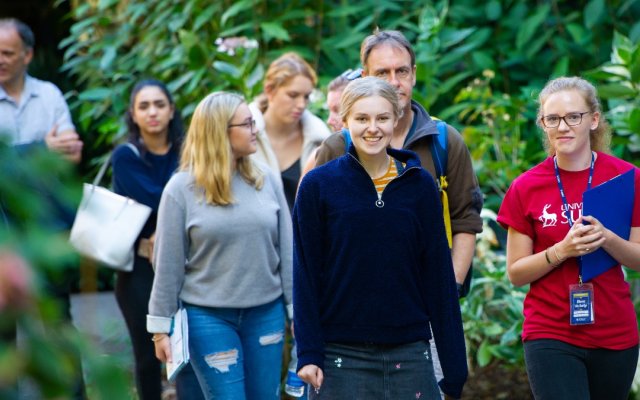
School of Biosciences
Explore our courses, our world-leading research, our state-of-the-art facilities and the people who make up the School.
Research spotlight
Professor Debra Skene, global authority on circadian rhythms and section lead of chronobiology here at Surrey, was a recent guest speaker on the Zoe Science & Nutrition Podcast. Watch now for fascinating insights into your body clock and how it affects your sleep, mood and health.
Events
Our staff members
Professor Christine Rollier
Interim Head of School of Biosciences
I studied biochemistry and obtained a PhD at the University of Lyon, France, in 2000, working on DNA immunization as a therapeutic approach against chronic Hepatitis B Virus infection, in collaboration with the Institut National de la Sante et Recherche Medicale (INSERM), Lyon, France. I proceeded to work on novel vaccine development and cellular immunity aga...
Accredited by the Royal Society of Biology
Our undergraduate courses are accredited by the Royal Society of Biology. They have been developed to include a range of valuable transferable skills, including the ability to solve problems, evaluate evidence and analyse data.
Learn more about our undergraduate courses.
Stay connected
Latest tweets
@UniSurreyBioSci

Fantastic PhD opportunity @ritchielab Novel AI methods for zoonotic disease prevention and prediction - Host associ… https://t.co/6lgExznxzW

Thank you to our team of panelists at our very first #AthenaSwanSymposium @uniofsurrey. Prof #PaulTownsend… https://t.co/IBf06MUq6r

Today, we welcome all attendees to our #AthenaSwanSymposium at the Kate Granger Building @UniOfSurrey… https://t.co/9AGJ9cWWnM











